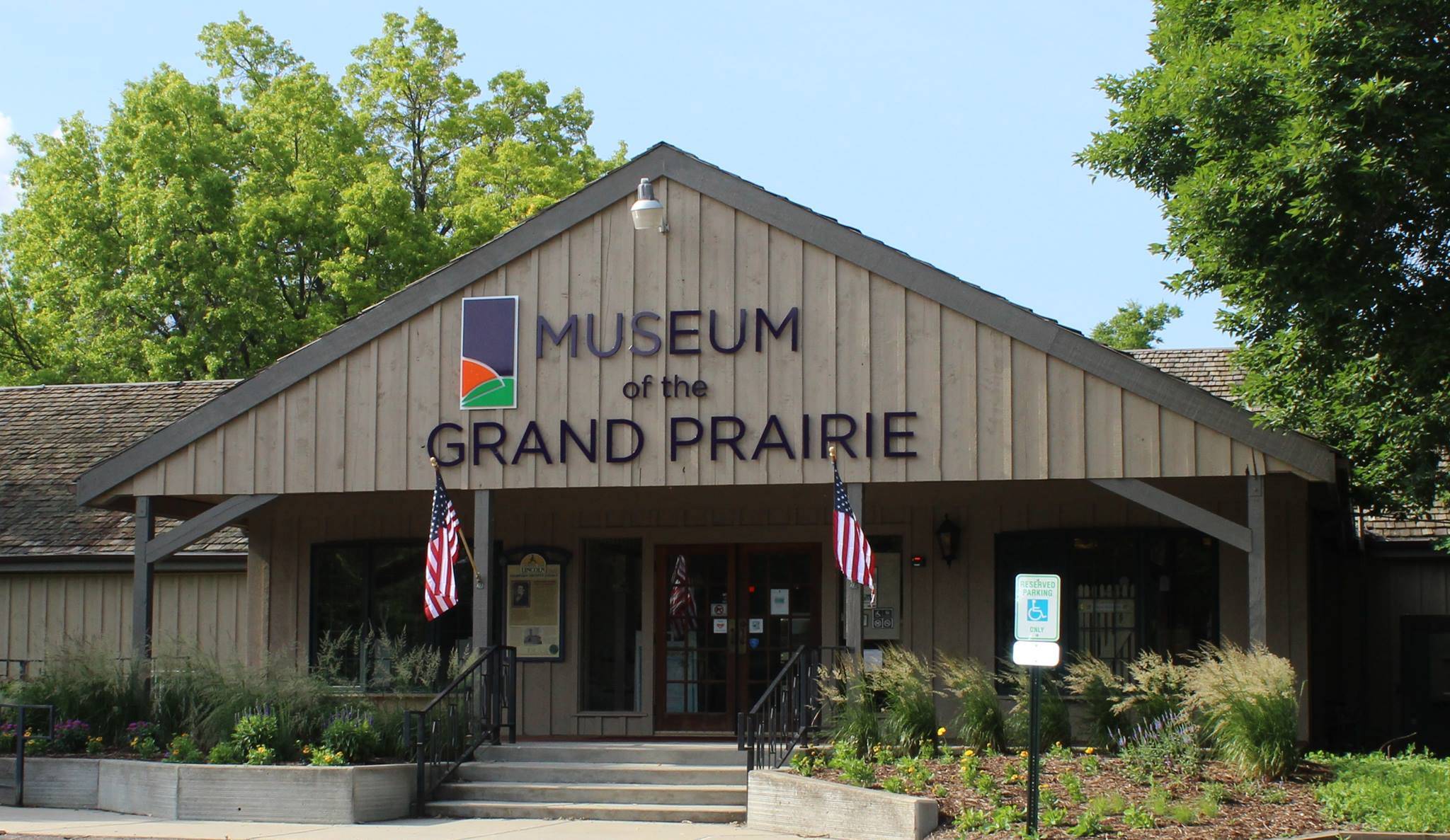Editor’s Note: Smile Politely has been designated as a Pulitzer Center For Crisis Reporting Grantee for the Prairie State Museums Project (an initiative of Resilient Heritage): The Impact of COVID-19 on Illinois Museums.
As a designee, we will produce a series of articles examining the impact of COVID-19 on museums throughout Illinois. Nicole Anderson-Cobb is the reporter who will be writing articles on museums in Champaign County. Read her first installment on Krannert Art Museum here.
Currently, museums and communities alike are grappling with the dual pandemics impacting African Americans: COVID-19 and social uprisings after the killing of George Floyd. Thus, an examination of the Museum of the Grand Prairie (MGP) — a museum in Champaign County located in Mahomet, Illinois with a significant collection of African American exhibits and artifacts — seemed timely.
According to the Champaign County Forest Preserve District 2019 Working Budget, MGP, which opened in 1968 and was accredited by the American Alliance of Museums since 1972, “has provided cultural and historical interpretation and educational programs to the people of Champaign County and beyond through the CCFPD for 50 years.”
Before the museum closures due to COVID-19, MGP was open seven days a week, ten months per year, with extended hours in the summer. The museum saw over 12,000 visitors, and an additional 8,000 school children per year who enjoyed exhibits and programs.
In my conversation about the impacts of COVID-19 on MGP, the museum’s Director, Barbara Garvey, recalled, “We closed on March 13th as we were in the height of the field trip season. We usually see 10,000 kids a year. So we lost all of those field trip visitors and related revenue. However, we are fortunate to be a part of the Forest Preserve Districts and have some grants to offset the loss of revenue. However, the inability to touch lives is an incalculable loss.”
Katie Snyder, MGP Education Program Specialist, offered a silver lining that she observed during the time of MGP closure noting that “…a positive aspect of the pandemic is that we are connecting with more community partners than we have in the past like we did on the Art in the Time of Quarantine, a youth-centered art competition and art collaboration of MGP, ChambanaMoms, Urbana Arts & Culture Program, Krannert Art Museum, and KOOP Adventure Play.”
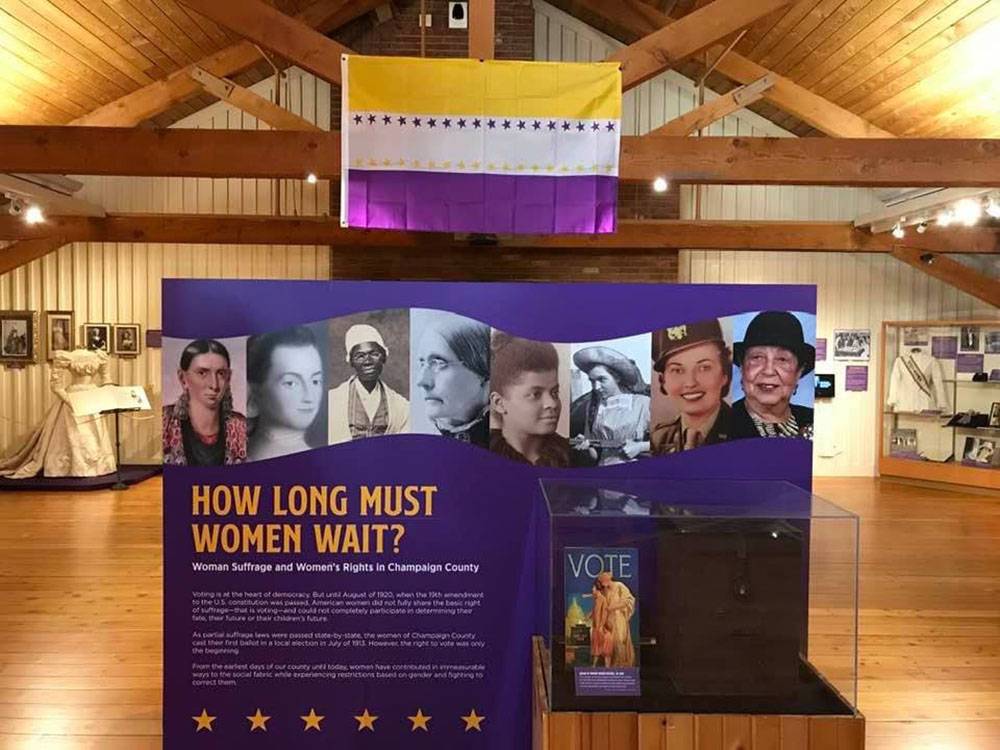
Women’s Suffrage and Women’s Rights in Champaign County. Photo provided by Barb Garvey.
Many of the ongoing-MGP offerings during the pandemic can also be viewed on the MGP YouTube channel. One of the MGP exhibits Snyder is proudest of is a mural produced by the Sisterhood Program at Franklin Middle School in Champaign exploring girls’ views on Women’s Rights in the 21st Century. Due to the pandemic, few have seen the Sisterhood mural, but you can view it on the MGP YouTube Channel, or sign up to visit the mural in person during their new hours. The mural will be exhibited until December 2021 when it will then be returned to Franklin Middle School per Franklin’s request.
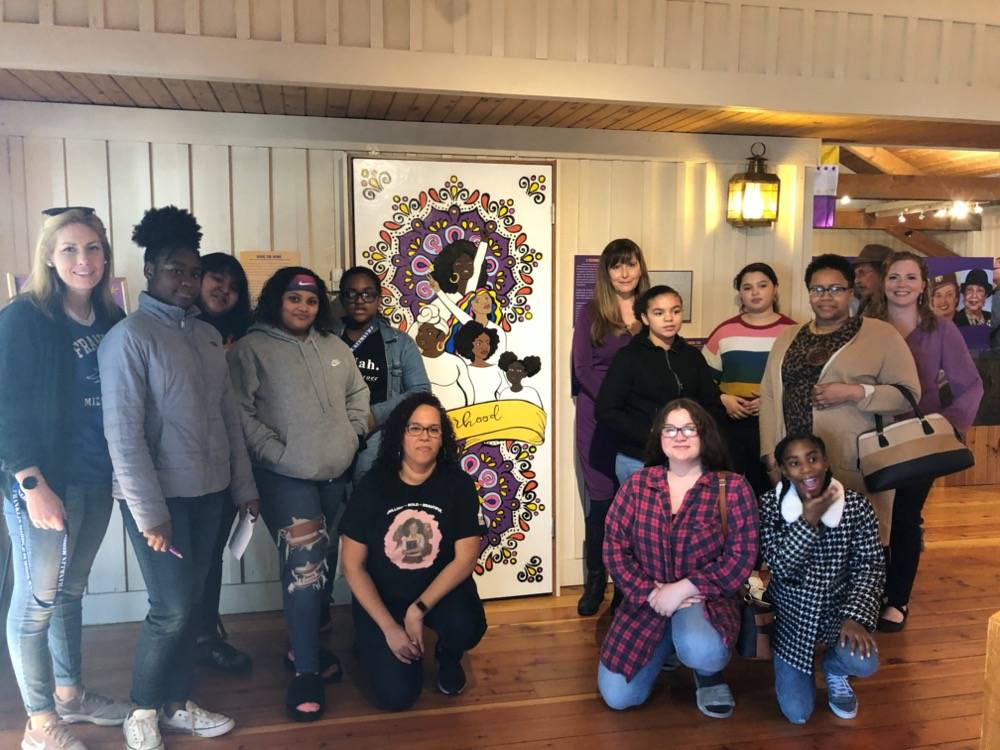
Image from the Franklin Middle School Sisterhood Program Mural Project. Photo provided by Barb Garvey.
MGP maintained an ample number of new offerings during the time of pandemic. I also wanted to learn more about two long standing exhibits: Doris K. (Wylie) Hoskins Archive For Cultural Diversity and the Legacy Is Yours: Celebrating The Lasting Achievements of African American Women.
According to MGP’s Doris K. (Wylie) Hoskins Archive For Cultural Diversity:
Mrs. Doris Baker (Wylie) Hoskins (1911-2004) entered and exited this life in Champaign, Illinois. She served for many years with the Committee on African American History in Champaign County of the former Early American Museum (now Museum of the Grand Prairie), serving as the group’s archivist. She was also active in the Champaign County Section of the National Council of Negro Women.
Her collection of historical material was transferred to former museum director Cheryl Kennedy upon Hoskins’ death.
The Hoskins’ Archive contains a diverse collection of materials featuring African American history in Champaign County and East Central Illinois, 1831-2010. The museum received permission to take responsibility for the archive from Hoskins’ family in 2010. According to Garvey, since 2010, it has taken MGP nearly a decade to catalog all of the items therein. A selected portion of the Doris K, Wylie Hoskins Archive materials can also be found on eBlackCU and the Champaign County Archives Local History Online (LHO), specifically if you search for Doris Hoskins.
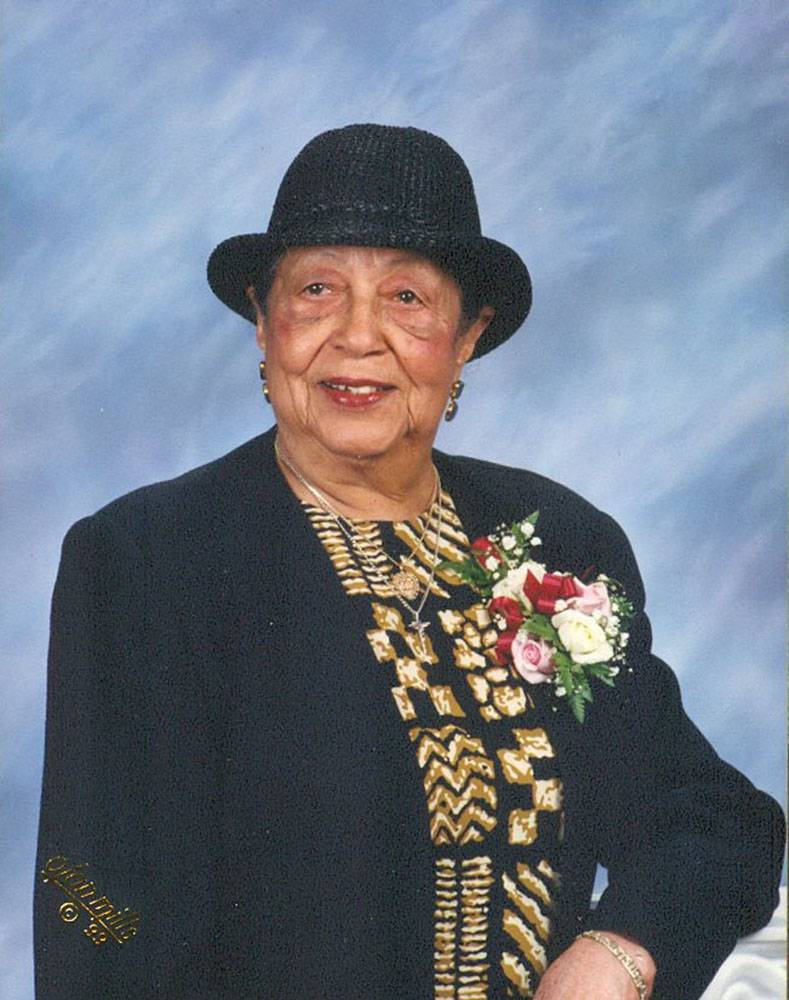
Doris Hoskin. Photo provided by Barb Garvey.
I asked if Garvey or the museum were still in contact with the Hoskins family. She replied:
We had relations with some of her family in Colorado, but several of her children had died or we have lost track of them.” In a follow up exchange about the Hoskins collection at MGP, Garvey affirmed “I know Doris Hoskins and her family have trusted us with the collection precisely because we have the capacity to reach the most people, and the professionalism to care for the collection in perpetuity.
The second collection of interest is The Legacy Is Yours Collection, a digital archive of notable African American women who submitted biographies to be included in this exhibit. This “Legacy” project was a partnership between MGP and the National Council of Negro Women (NCNW), Champaign County Section, of which Doris Hoskins was an active participant.
The exhibit contains biographies of notable African American women in Champaign County up through the early 1990s — though there are no years or summary statements to explain the purpose of the exhibit, years of origin or rationale for featuring these specific individuals included. There is a parallel exhibit of notable African American men with the same information missing.
When asked if MGP still had relationships with the National Council of Negro Women Champaign County Section, Garvey again replied no, but that she believed it wouldn’t be difficult to reconnect.
Again, a second African American exhibit where there seemed to be no current African American stakeholders involved in maintaining the collection.
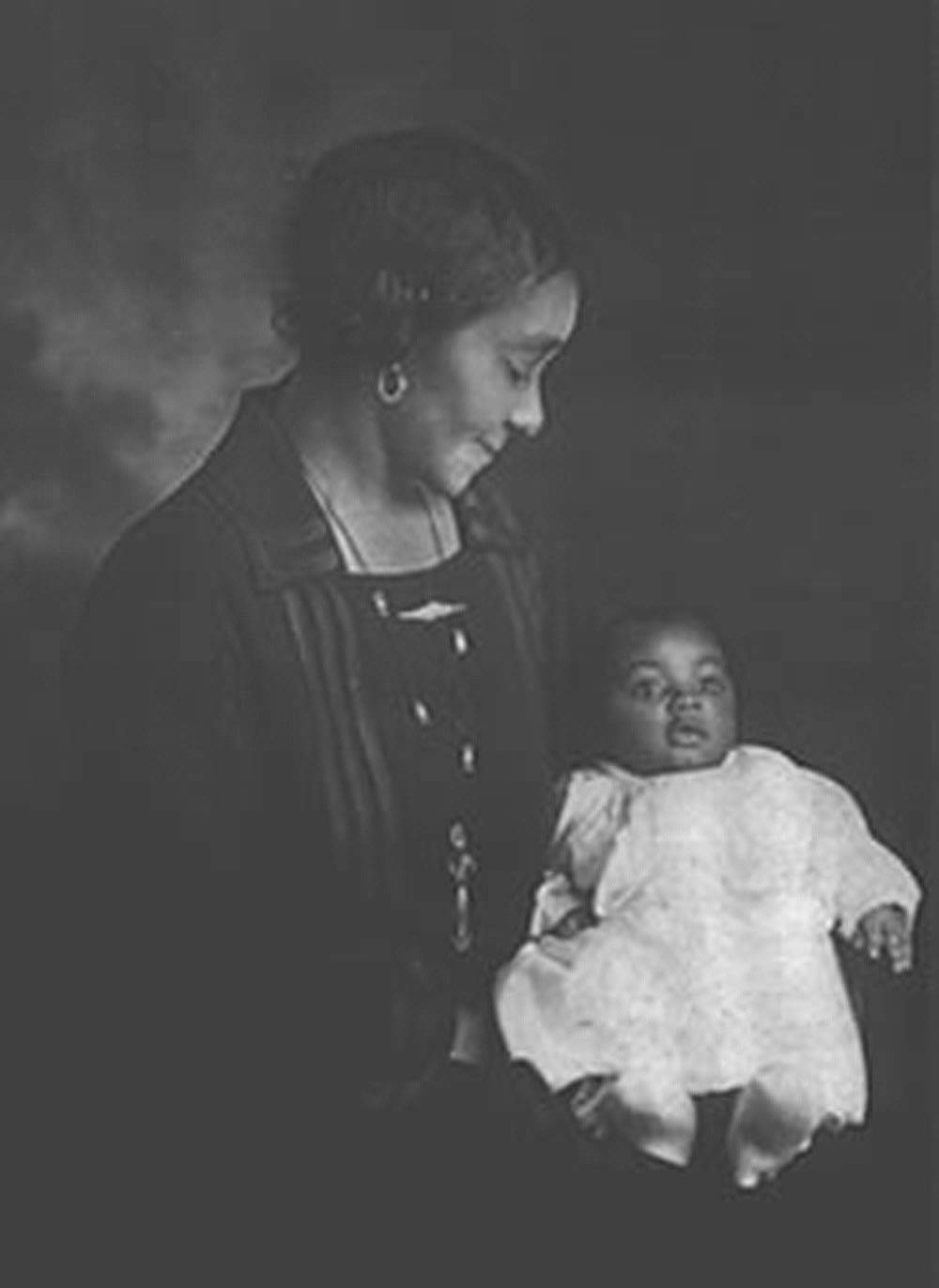
Nan Giles Bostic, with her nephew, George Giles, Jr., circa 1935; Originally, this photo was loaned to MGP by Patricia McKinney Lewis who provided the names of the individuals and year — her relatives — and approximate years of the photo for this interview. Photo provided by Barb Garvey.
I approached several African American community leaders to discuss these two collections and the lack of local African Americans involvement with the collections even prior to the COVID-19 museum closures.
Read more on Thursday when we publish part two of this installment on Museum of the Grand Prairie.
This story was produced in partnership with the Pulitzer Center. For more stories about the effect of COVID-19 on museums, please visit the Prairie State Museums Project at PrairieStateMuseumsProject.org.








